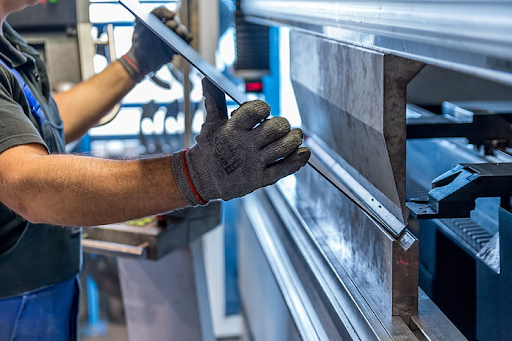From motorcycle makers in Germany to furniture workshops across the continent, no European industry that uses steel feels safe from the United States’ creeping tariff expansion. The policy of targeting “derivative” products has created a chilling effect, as the list of affected goods grows unpredictably, threatening to engulf sectors far removed from the primary metals industry.
Initially, steep US tariffs of up to 50% were levied on steel imports. However, the conflict has broadened dramatically with the inclusion of 407 categories of products that are merely made with steel. This list includes everything from industrial cranes and rail cars to stainless steel sinks and furniture, demonstrating the policy’s vast reach.
The open-ended nature of this expansion is causing alarm. A new US consultation on the list is viewed by European industry as a tool “to expand, not to cut” the number of targeted goods. “It could be a motorbike that is now hit, or a table with a small bit of metal on it,” warned Luisa Santos of BusinessEurope, emphasizing the randomness of the threat.
This has created a compliance quagmire. Bernd Lange, a prominent MEP, described how a motorcycle factory, fearing a 200% fine for misreporting its metal content, simply declares a high figure of 50% to be safe. This practice of “defensive over-declaration” means companies are paying extra tariffs simply to navigate the punitive and unclear system.
The widespread nature of the threat is prompting a unified call for action. Trade unions and industry leaders in the UK are pushing for domestic support, while pan-European bodies like Eurofer are demanding robust EU-level trade defenses. The message is clear: the tariff creep poses a systemic risk to Europe’s entire manufacturing base.



